Have you ever dreamed of communicating with your small pets in a way that feels almost magical? Imagine your guinea pig or hamster responding eagerly to your voice, following your hand signals, or even performing adorable tricks. Cue training unlocks this possibility, strengthening the bond you share and giving your pets a happier, more stimulating life. For many animal lovers, the joy of seeing a tiny nose twitch in anticipation of a cue is simply unbeatable!
Cue training isn’t just for dogs—your guinea pig or hamster can get in on the fun too! With some patience, consistency, and a few treats, these little guys can learn cool tricks like coming when called or even doing a spin. It’s a great way to bond while also keeping their curious minds active. Plus, it doesn’t require much space—just a cozy corner and some positive vibes. Ready to teach your tiny buddy some big moves?
Understanding Cue Training and Its Benefits
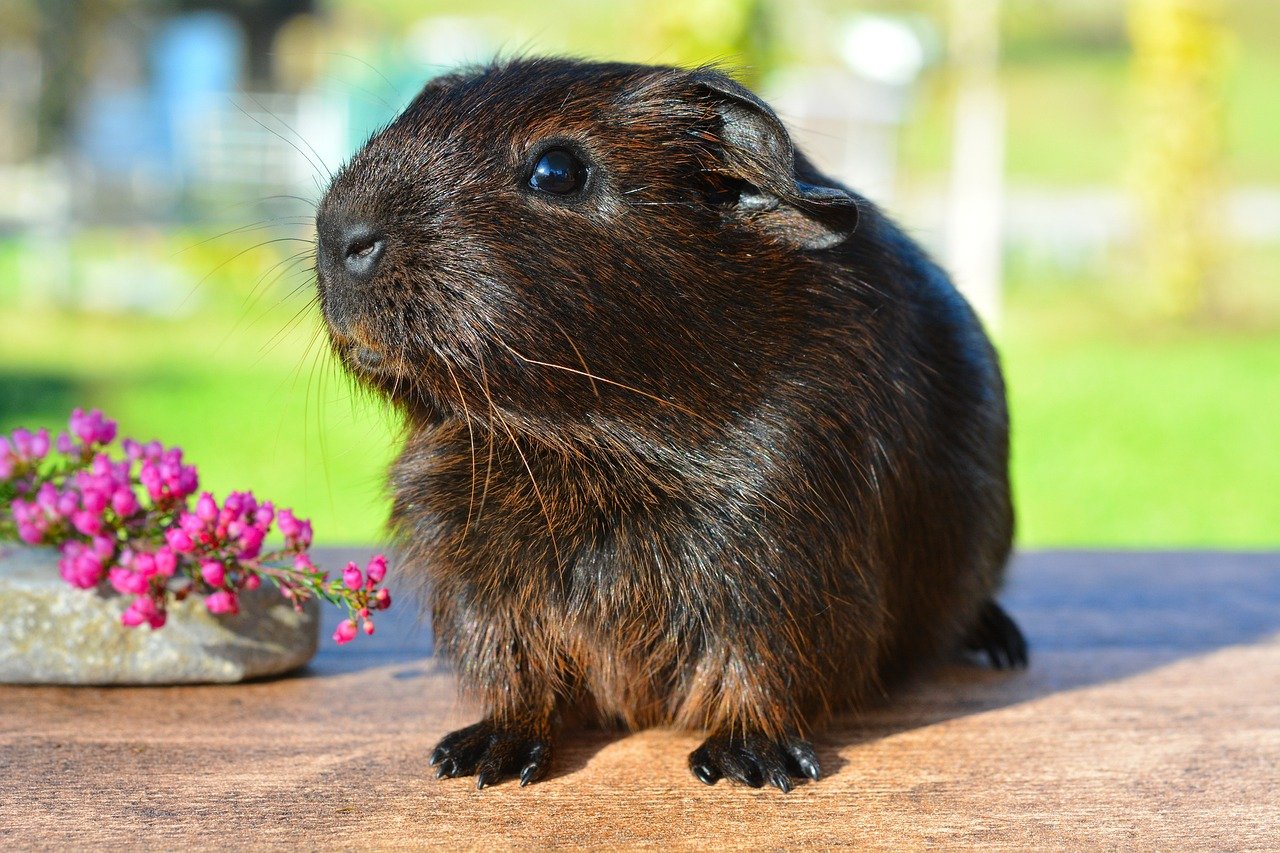
Cue training is all about teaching your guinea pig or hamster to associate a specific signal – like a word, sound, or gesture – with a behavior you want them to perform. It’s similar to how dogs learn to “sit” or “come” when called, but on a much smaller and gentler scale. The benefits go far beyond just showing off cute tricks. Cue training can help build trust, reduce stress, and keep your pets mentally sharp. It turns daily interaction into a game, making life more interesting for both you and your furry friend. With patience and kindness, cue training can even make handling and vet visits much less scary for your pets.
Getting Started: Setting the Right Environment
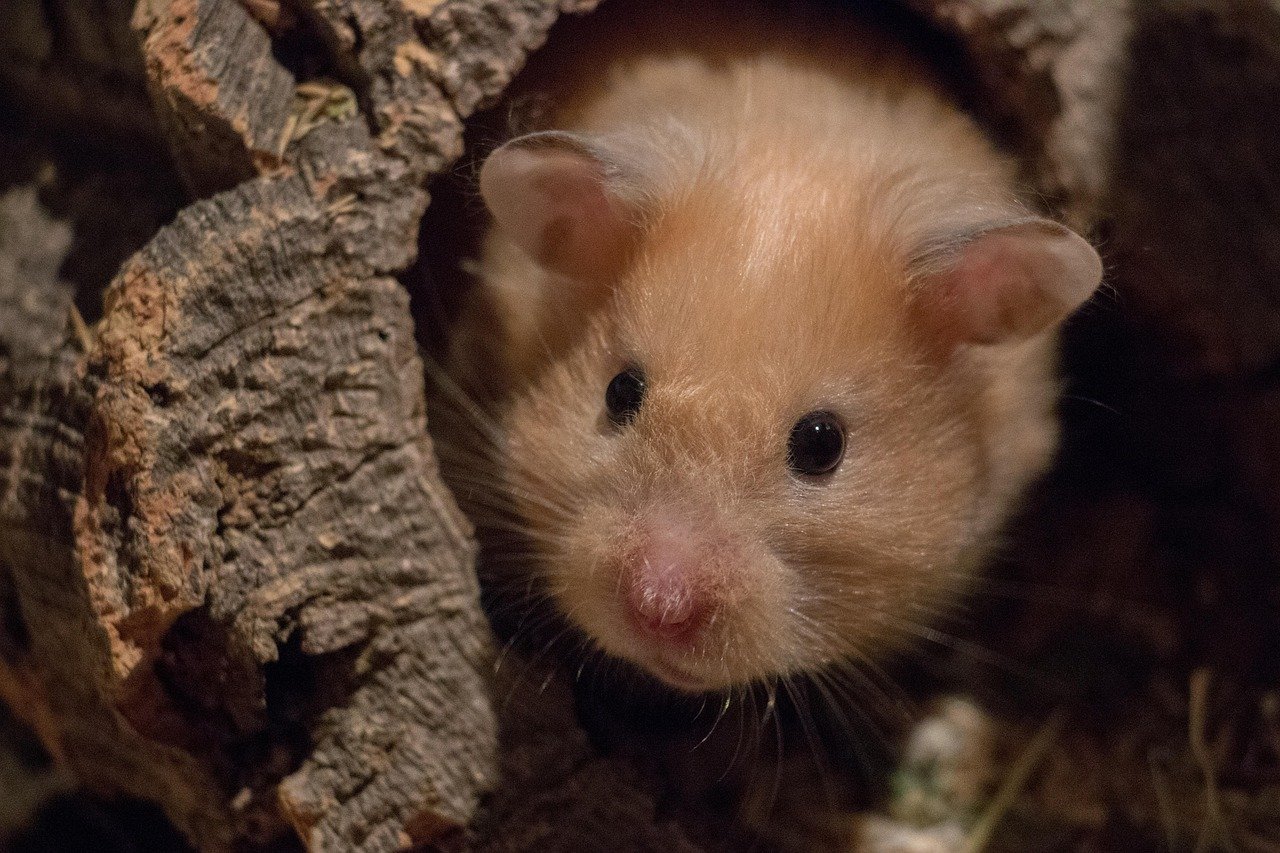
Creating the perfect training space is one of the first and most important steps. Guinea pigs and hamsters are sensitive creatures; they thrive in quiet, familiar surroundings. Choose a time when your pet is most active – usually in the early morning or evening. Remove loud noises and distractions, and make sure the room is free from other animals or sudden movements. A small, enclosed area, like a playpen or a secure corner of the room, works best. Place a soft towel or mat on the floor to help your pet feel secure. Having some of their favorite treats nearby will also help keep their attention focused on you!
Choosing Effective Cues: Sounds, Words, and Gestures
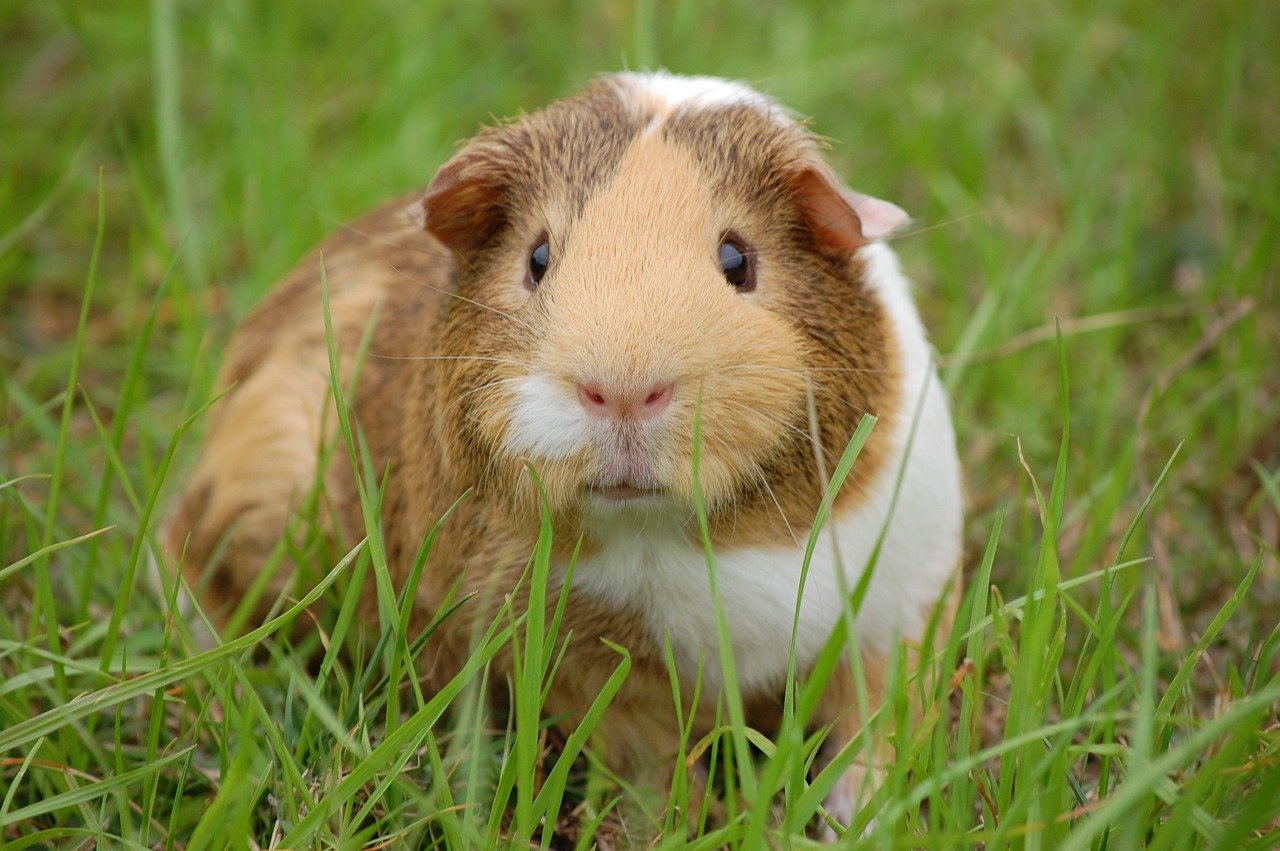
Picking the right cues is key to successful training. Simple, clear signals work best for small animals. Try using short words like “come,” “spin,” or “up,” and pair them with unmistakable hand gestures. You might tap your fingers lightly, wave, or use a clicker – a small device that makes a quick, consistent sound. The most important thing is to be consistent; always use the same word and gesture for each action. Start with just one cue at a time, and keep your tone gentle and encouraging. Over time, your pet will start to connect the cue with the reward that follows.
Building Trust: The Foundation of All Training
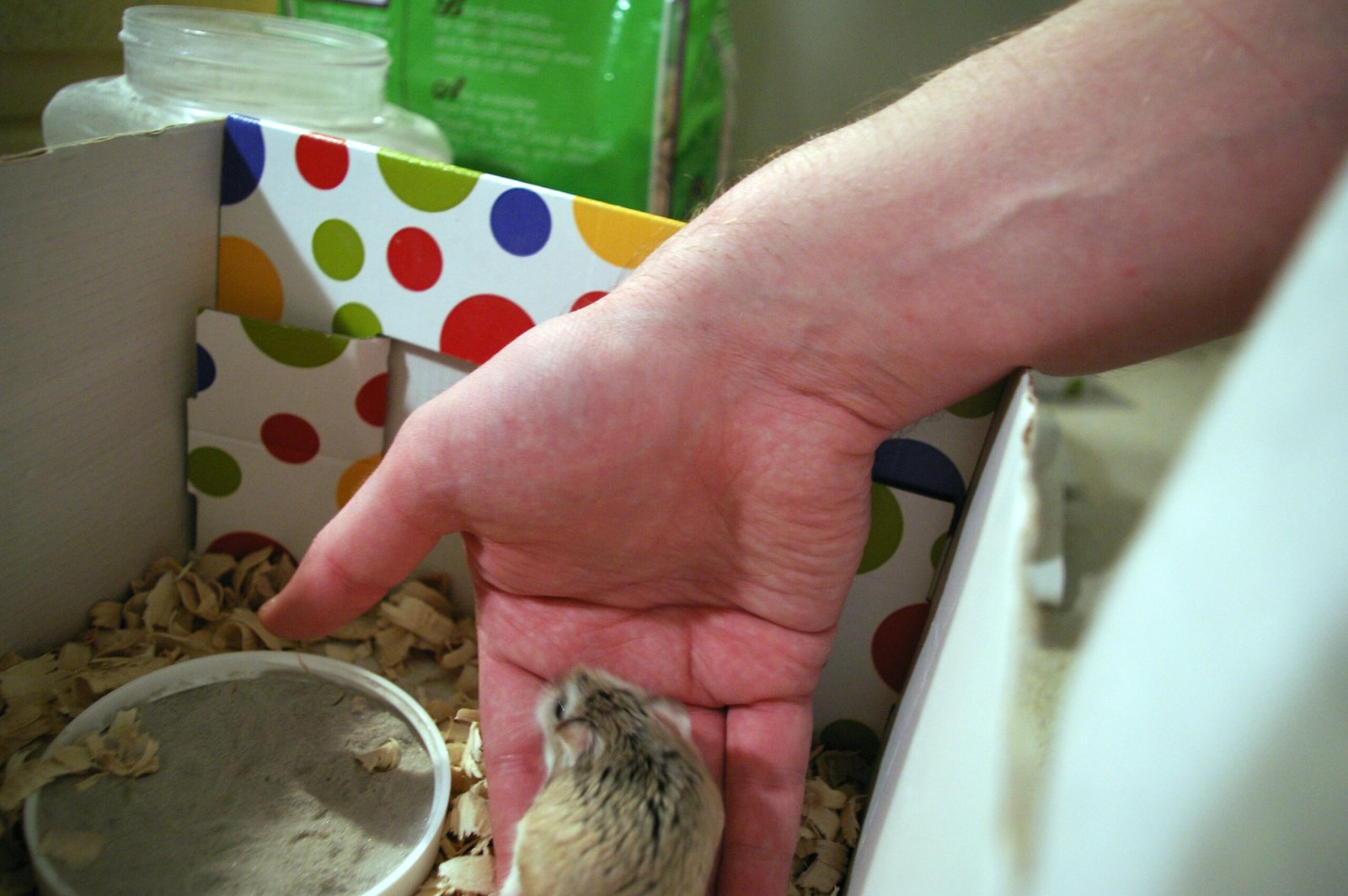
Before diving into complex tricks, focus on building trust. For many small animals, humans are gigantic and sometimes scary. Sit quietly near your guinea pig or hamster and let them approach you at their own pace. Offer treats from your hand without forcing them. Speak softly and move slowly so they learn you mean no harm. Once your pet is comfortable eating from your hand and doesn’t run away when you approach, they’re ready to begin cue training. Remember, every animal is different – some may warm up in days, others may need weeks. Patience is a sign of love in the world of small pets.
Using Positive Reinforcement: Treats and Praise

Positive reinforcement is the heart of cue training. This means rewarding your pet every time they do something you like, so they’re more likely to do it again. Use tiny pieces of their favorite treats, such as a bit of carrot for guinea pigs or a sunflower seed for hamsters. Praise them with a soft, happy voice. Timing is everything: reward them the moment they perform the correct behavior, so they make the connection between the cue, the action, and the treat. Avoid punishment or scolding – it only creates fear and confusion, making training much harder for both of you.
Step-by-Step Training: Teaching Basic Cues
Start with the simplest cues, like “come” or “touch.” Hold a treat just a short distance away from your pet and say the cue word, encouraging them to approach. As soon as they move toward you, reward them immediately. Repeat this several times, gradually increasing the distance. For hamsters, you might teach them to stand up or spin by luring them with a treat and pairing the action with a word or gesture. Practice in very short sessions, just five to ten minutes at a time, to avoid overwhelming your pet. Consistency and repetition are your best friends here.
Overcoming Common Challenges and Setbacks
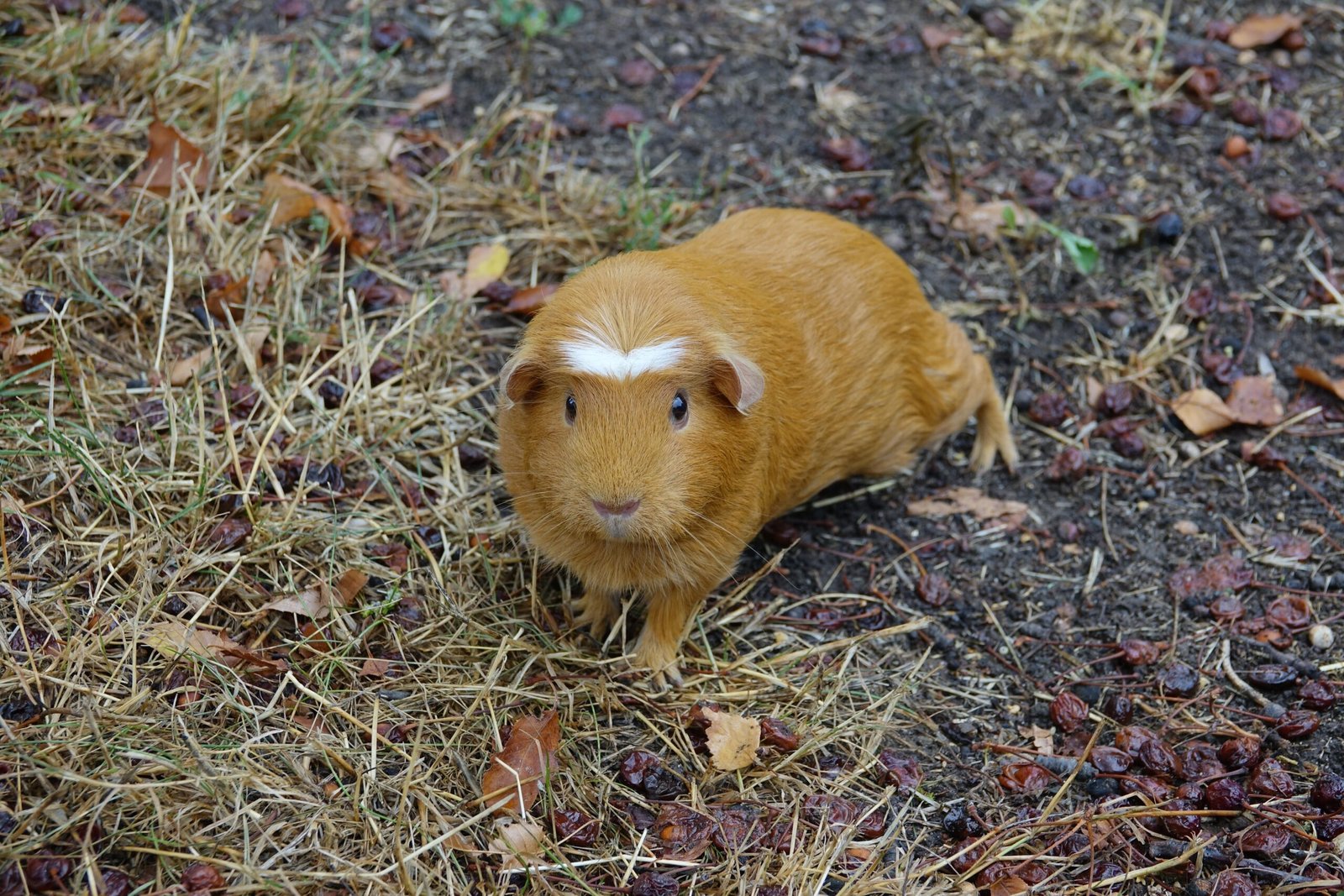
Not every training session will go smoothly. Sometimes, your guinea pig or hamster may seem uninterested or distracted. That’s completely normal! They may be tired, full, or simply not in the mood. If this happens, take a break and try again later. Never force your pet to participate; training should always be a positive experience. If your pet seems scared or stressed, slow down and return to basics like hand-feeding and gentle petting. Remember, every small success is a victory. Celebrate progress, no matter how tiny – your patience will pay off.
Making Training Fun: Games and Creative Tricks
Once your guinea pig or hamster understands basic cues, you can introduce simple games and tricks. Try teaching your guinea pig to go through a tunnel, or your hamster to turn in a circle. Use household objects like cardboard boxes, paper towel rolls, or small hoops to create an obstacle course. Always keep sessions upbeat and rewarding, mixing things up to keep your pet excited. Training time can become a highlight of your pet’s day, and it’s a fantastic way to bond. The sight of a happy, eager pet learning new things is truly heartwarming.
Knowing When to Stop: Respecting Your Pet’s Limits
It’s vital to recognize when your pet has had enough. Guinea pigs and hamsters have short attention spans and can tire quickly. Signs of fatigue or stress include hiding, freezing, or losing interest in treats. If you notice these signals, end the session on a positive note and let your pet rest. Never push them to keep going – respecting their boundaries shows you care. Over time, as your pet becomes more confident, they may enjoy longer or more frequent sessions. Always let your pet set the pace and celebrate their unique personality.
Strengthening Your Bond Through Cue Training
Cue training is more than just teaching tricks; it’s about building a deeper relationship with your guinea pig or hamster. Each shared success – whether it’s a tiny paw reaching for a treat or a happy dash across the floor – brings you closer together. As you learn to understand your pet’s signals and they learn to trust you, a unique bond forms. This connection enriches both your life and theirs, filling each day with joy, laughter, and a little bit of magic. Isn’t it incredible what a few gentle cues and a lot of love can achieve?
Cue training your guinea pig or hamster is a fun and rewarding way to connect with your tiny companion. With a bit of patience and plenty of positive reinforcement, you’ll be amazed at what they can learn. It’s not just about the tricks—it’s about building trust and making their world more enriching. So grab some treats, stay consistent, and enjoy the little wins along the way. Your small pet might just surprise you!






